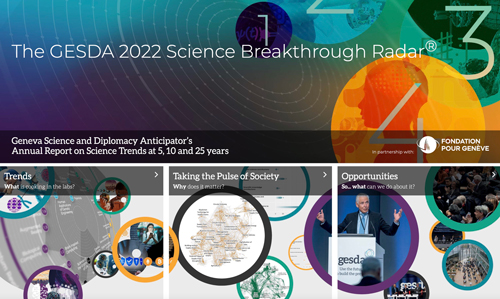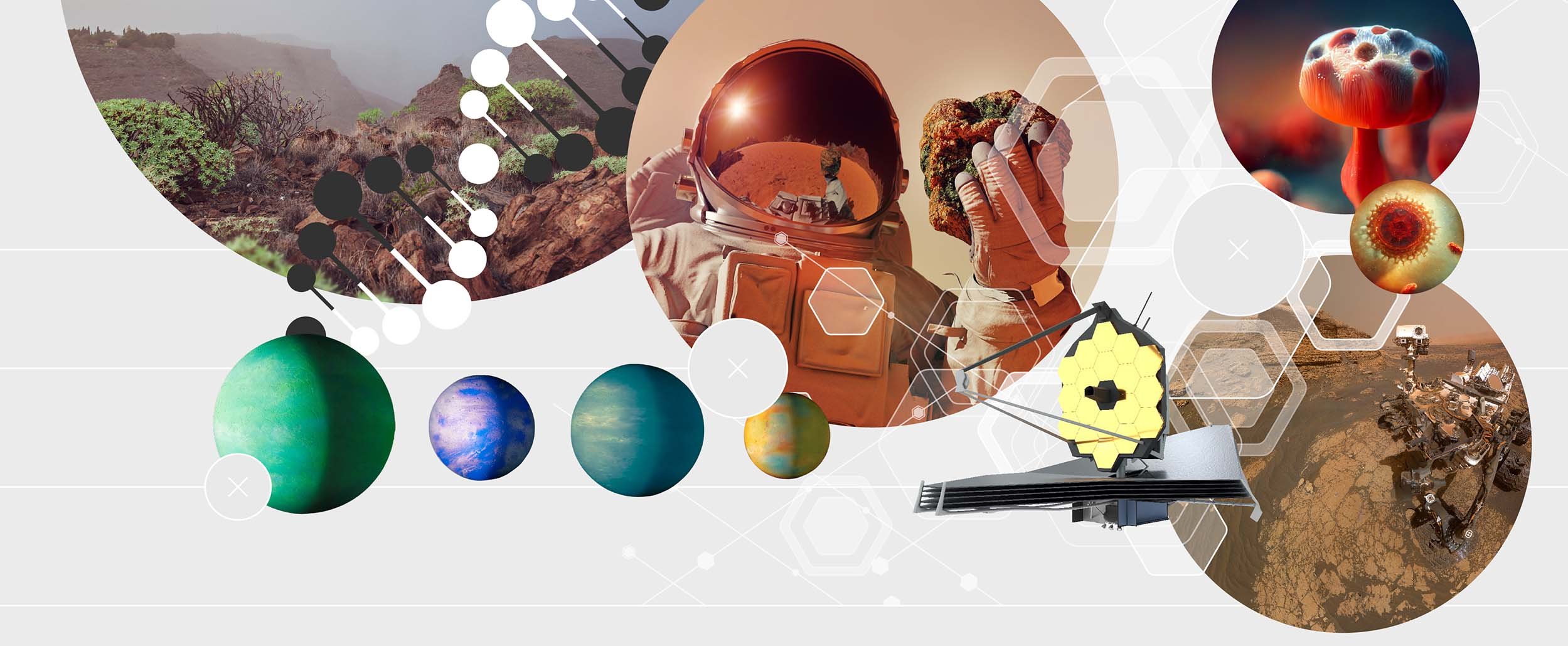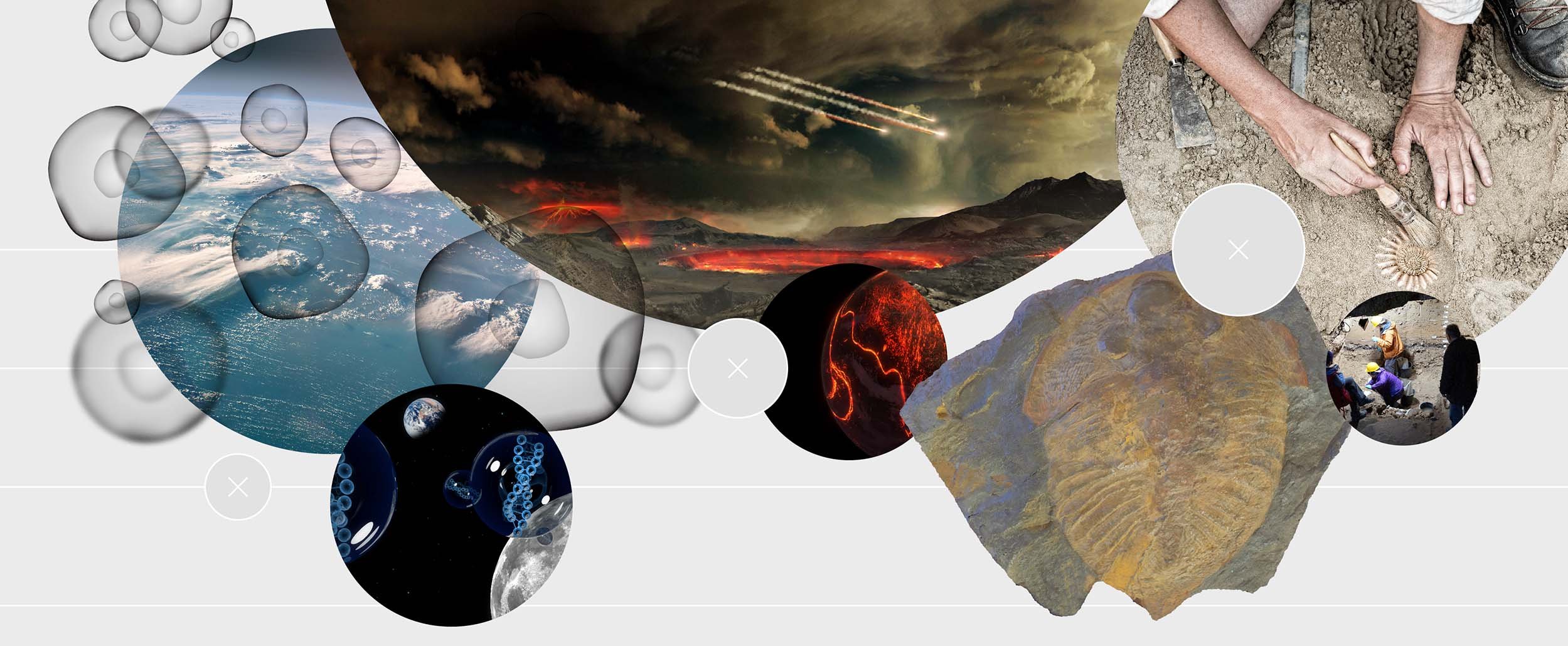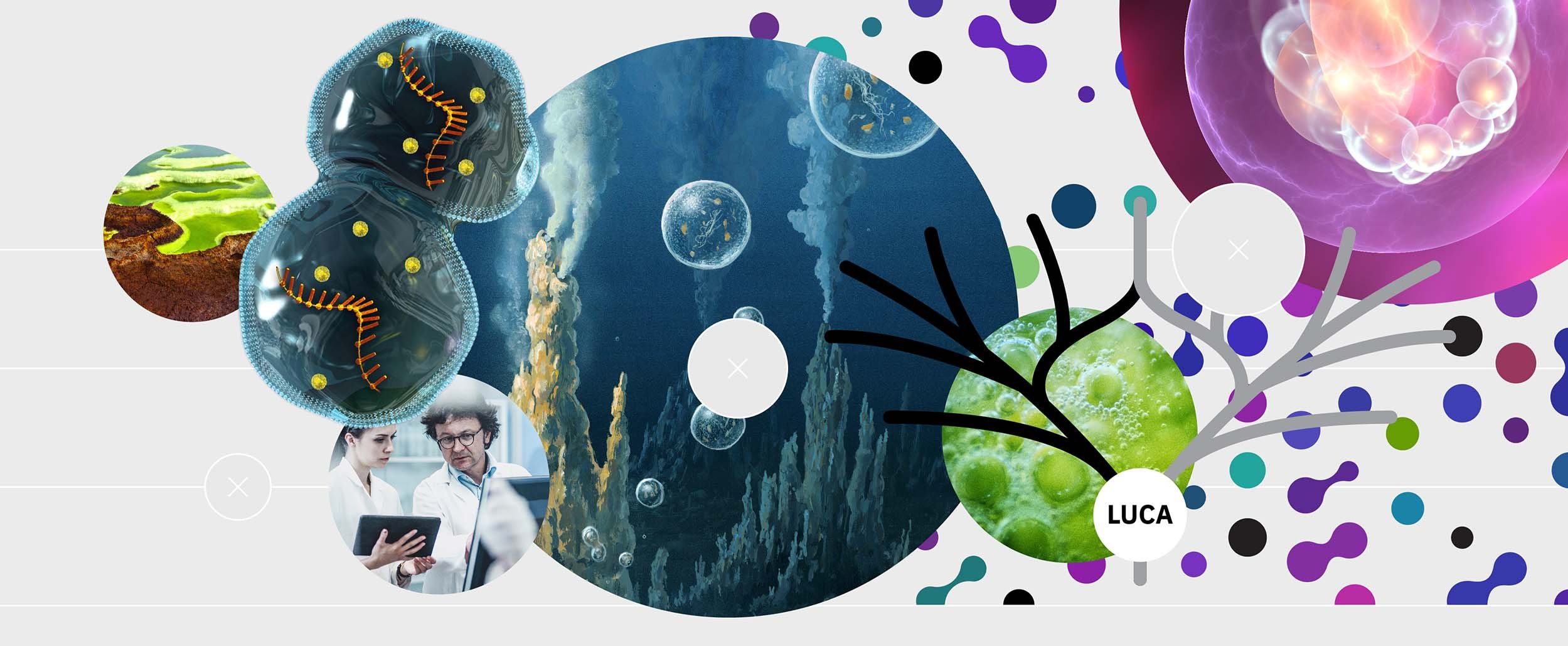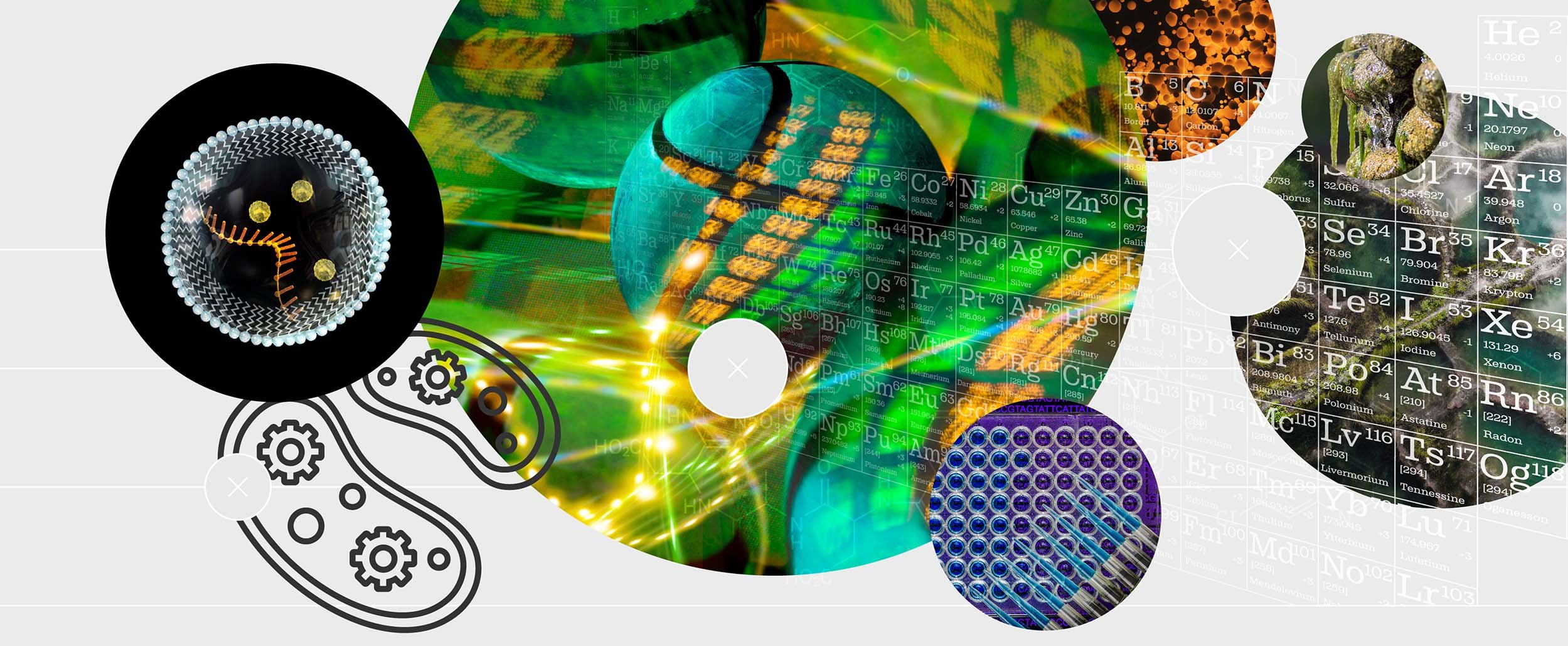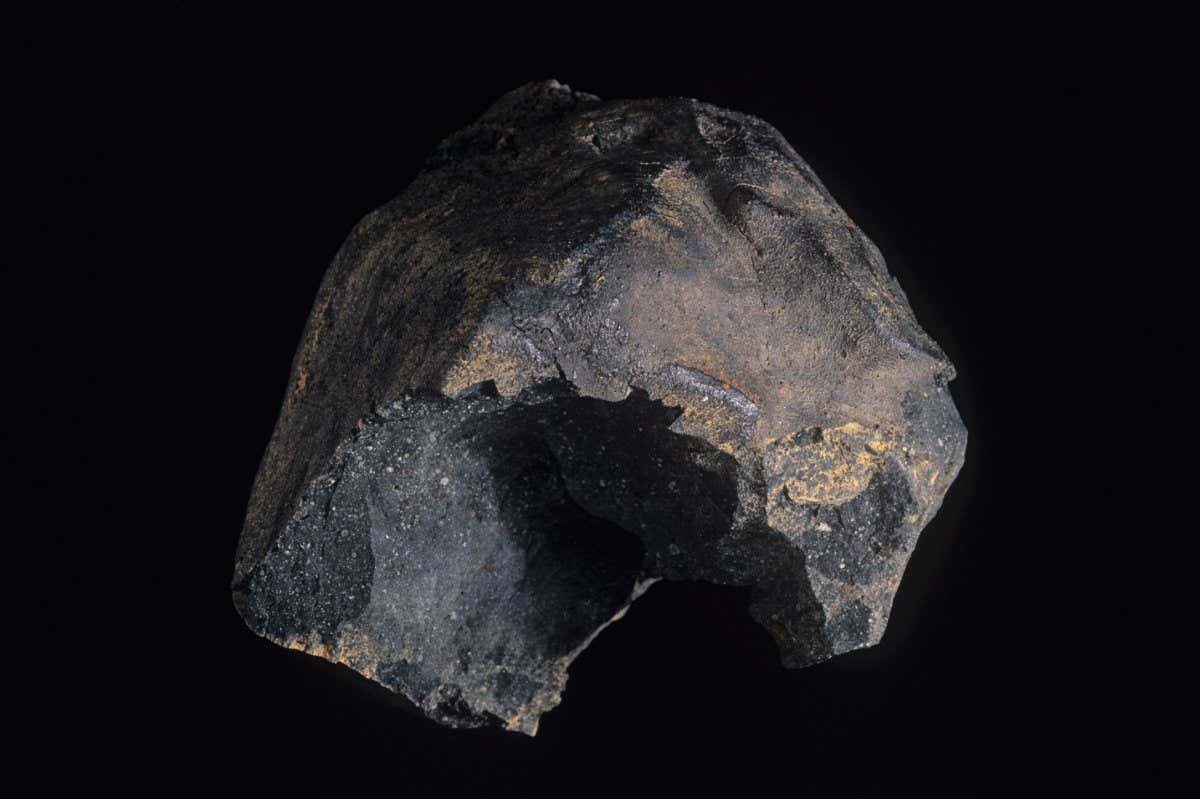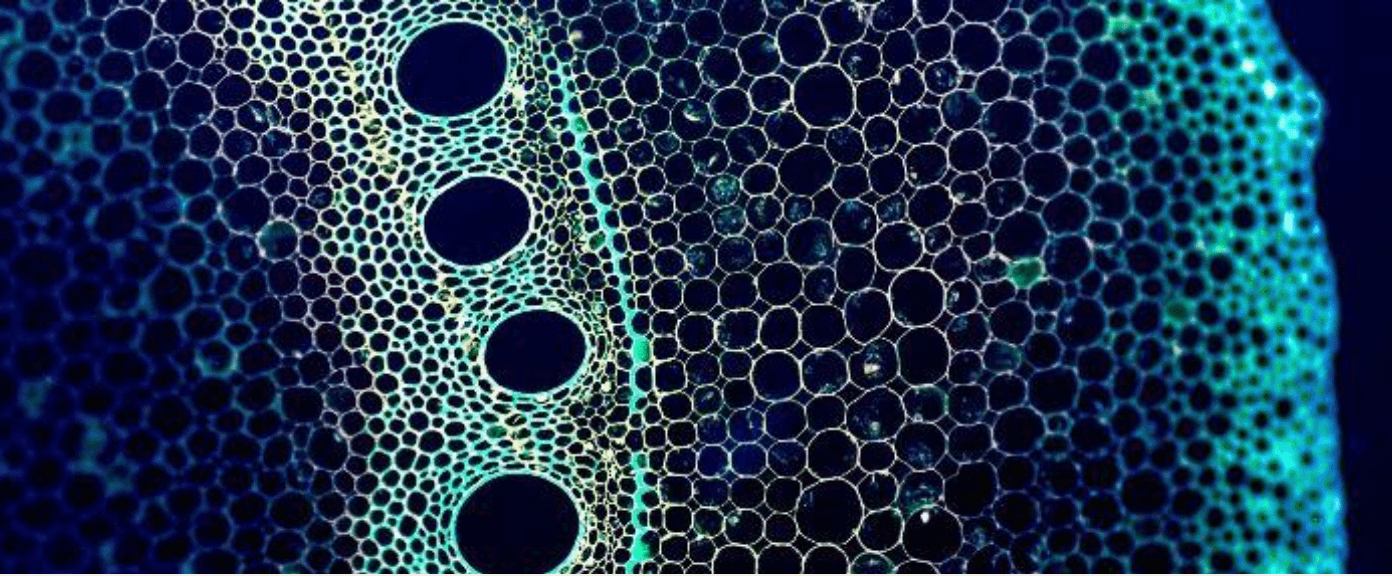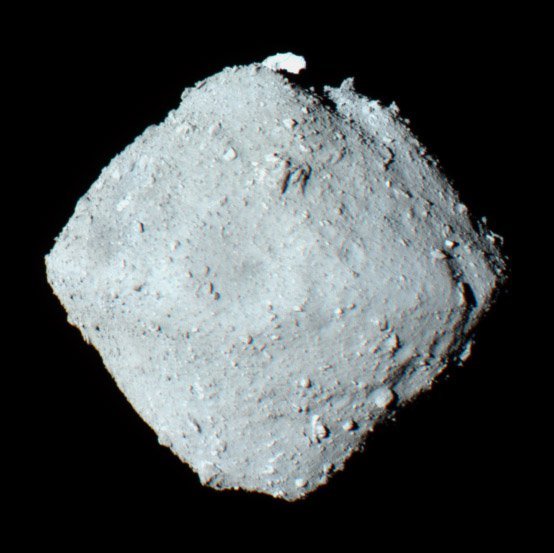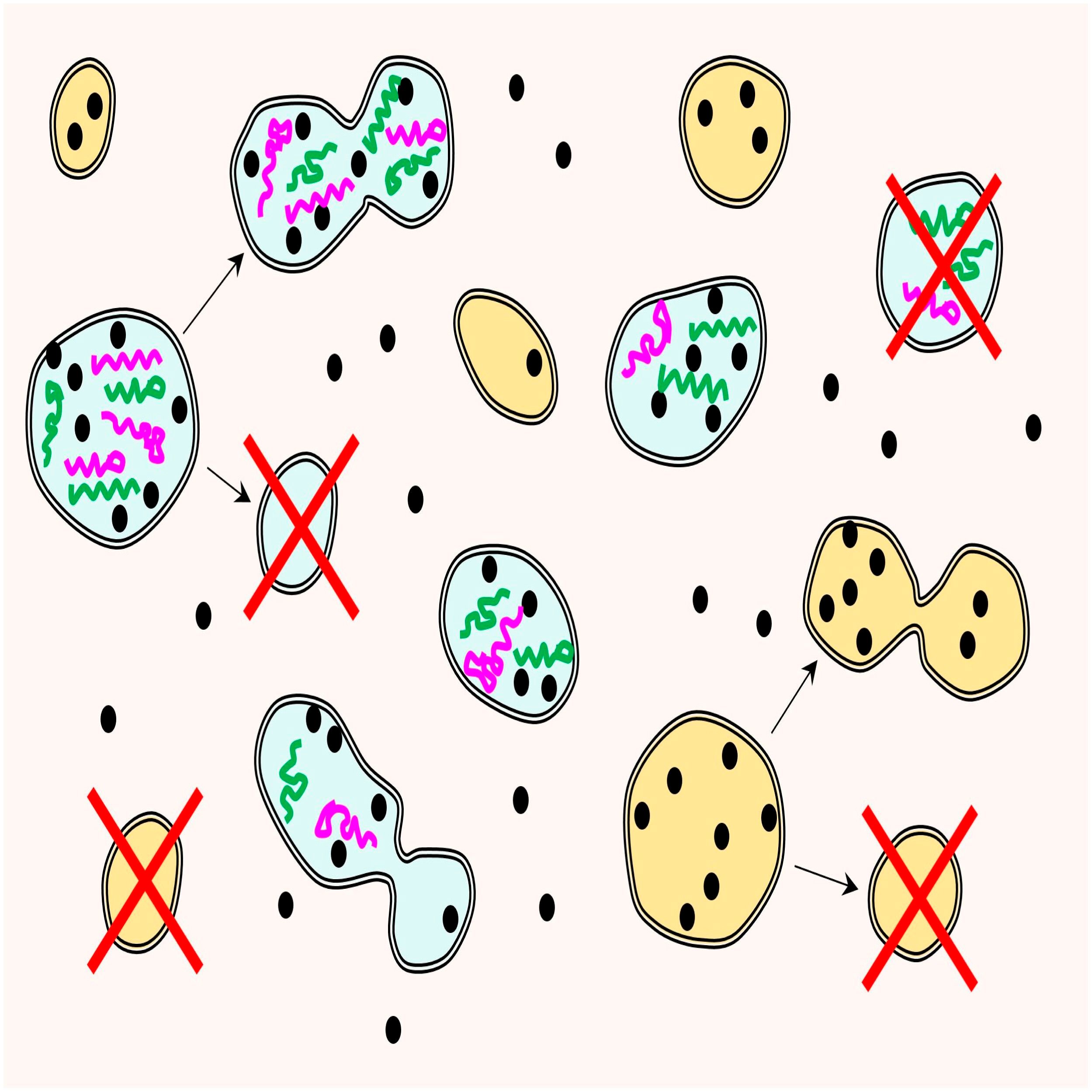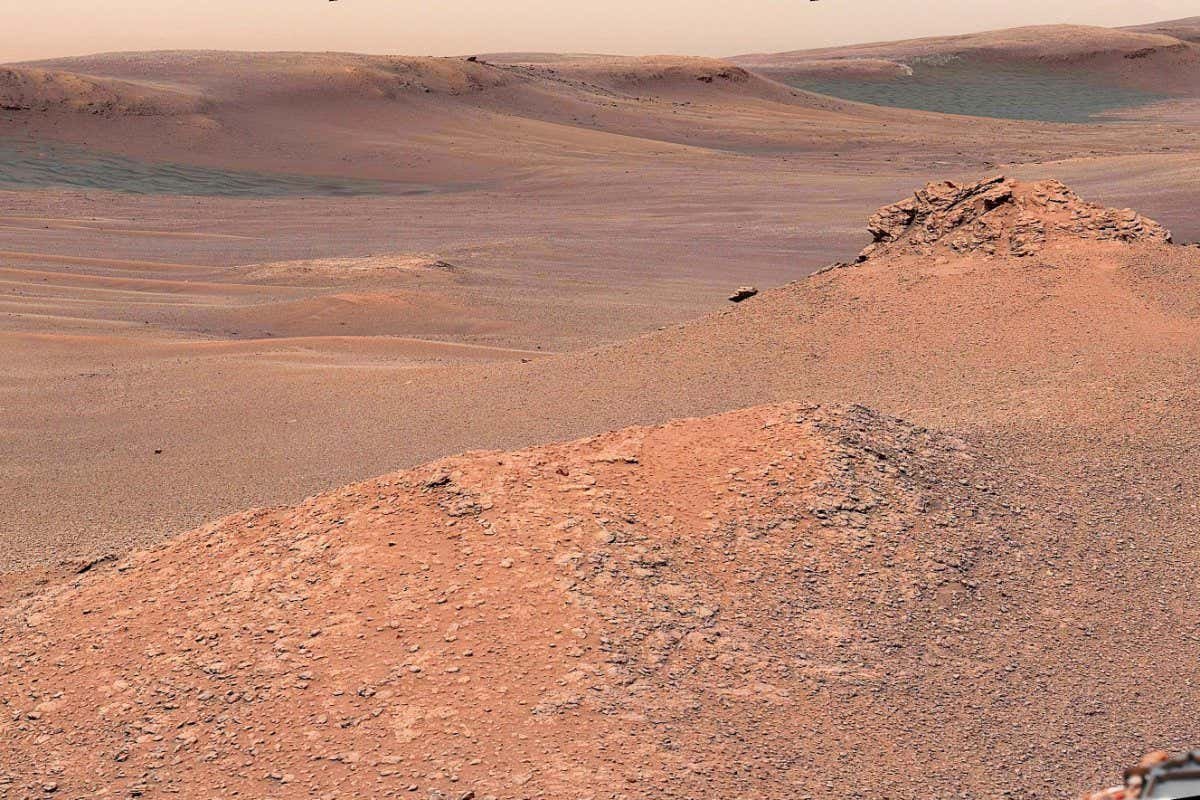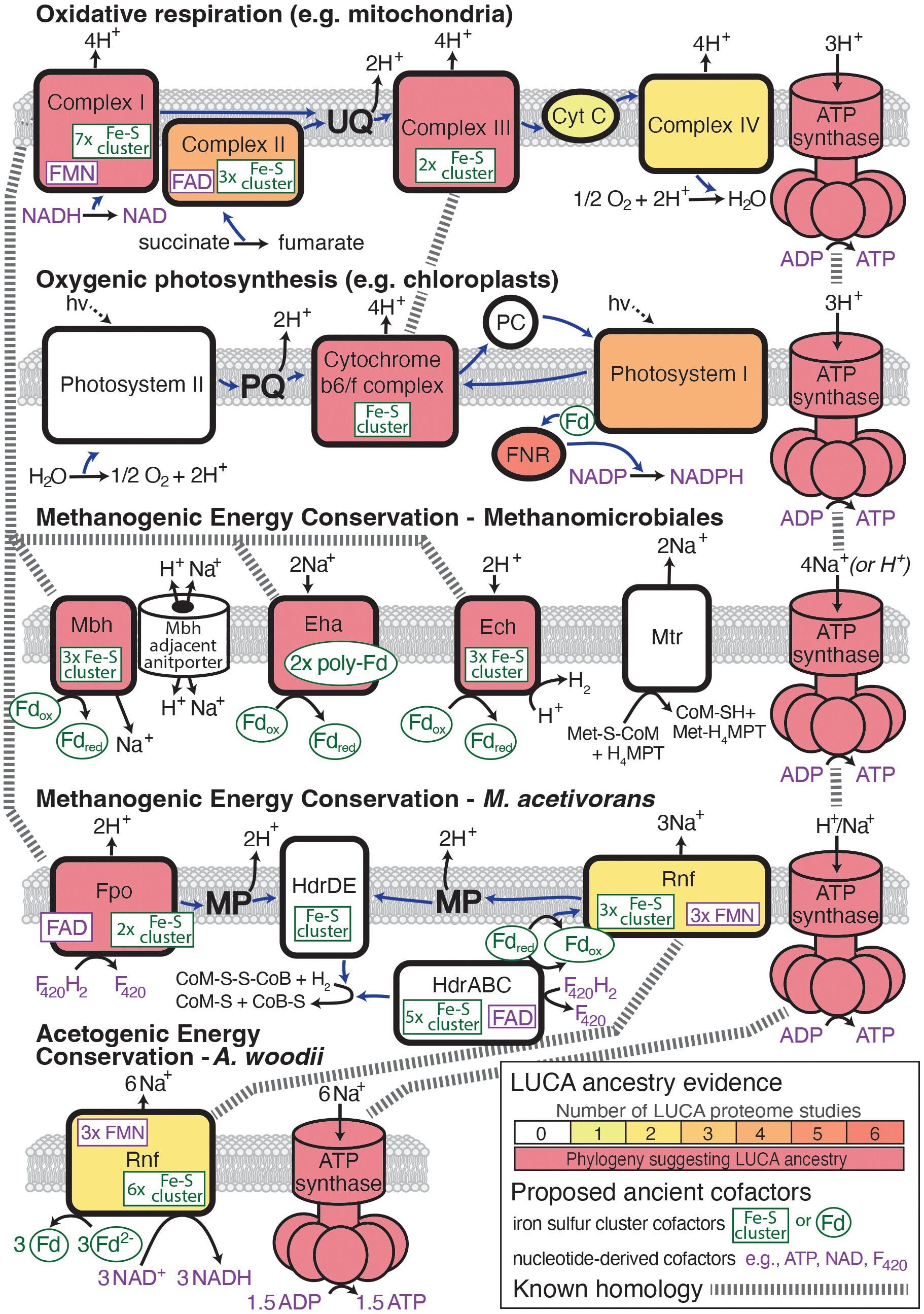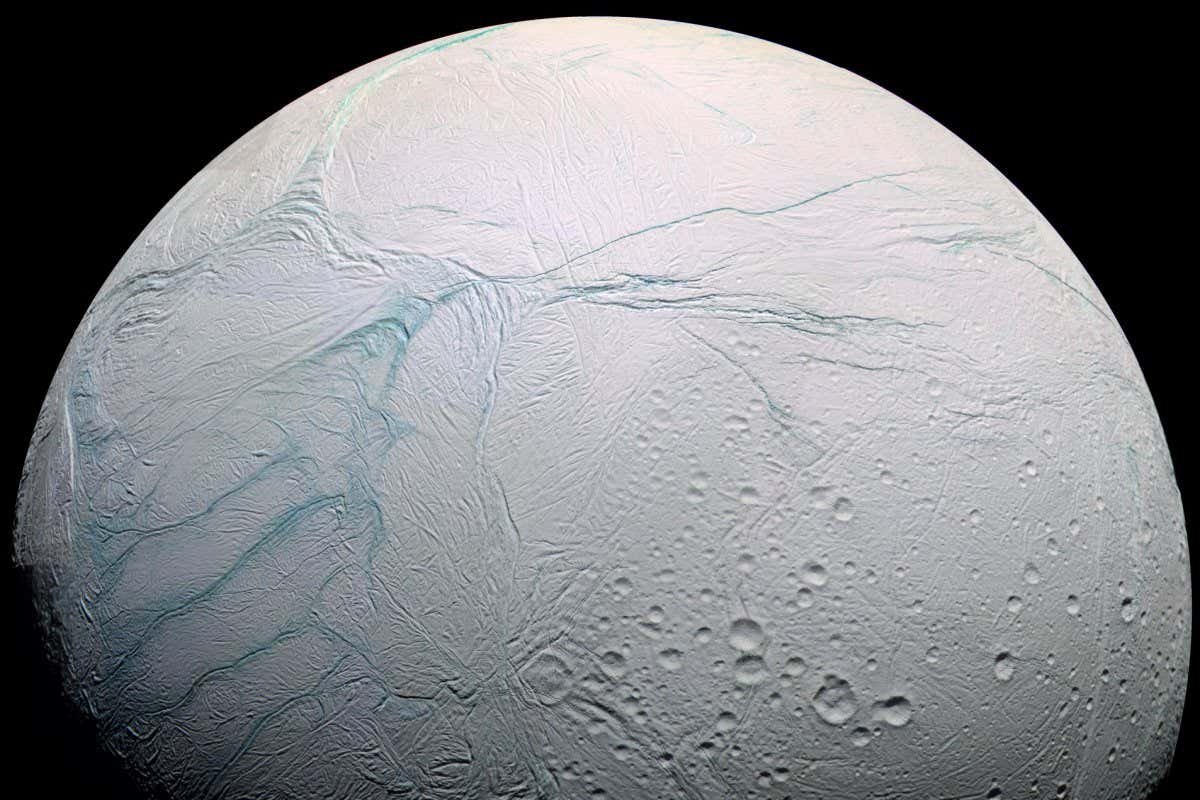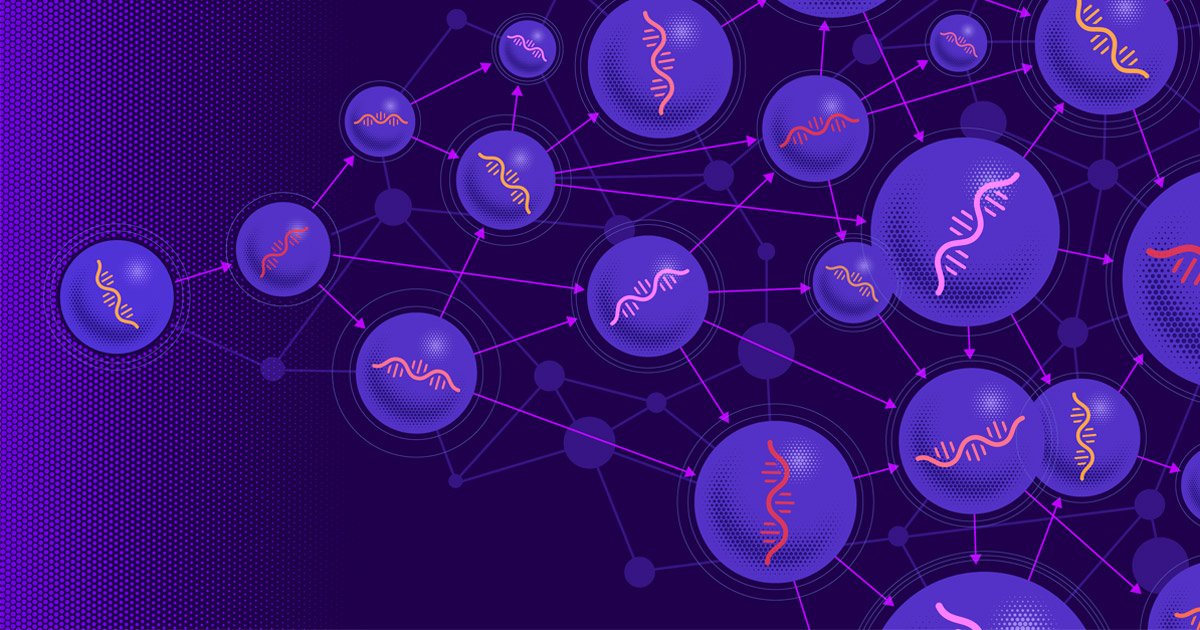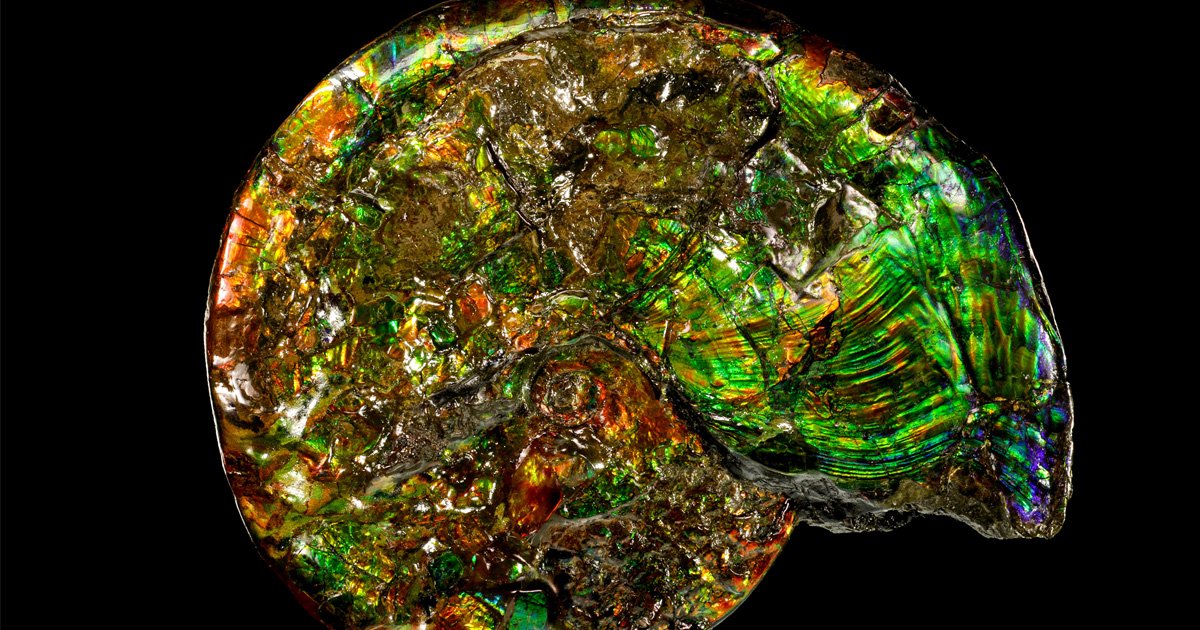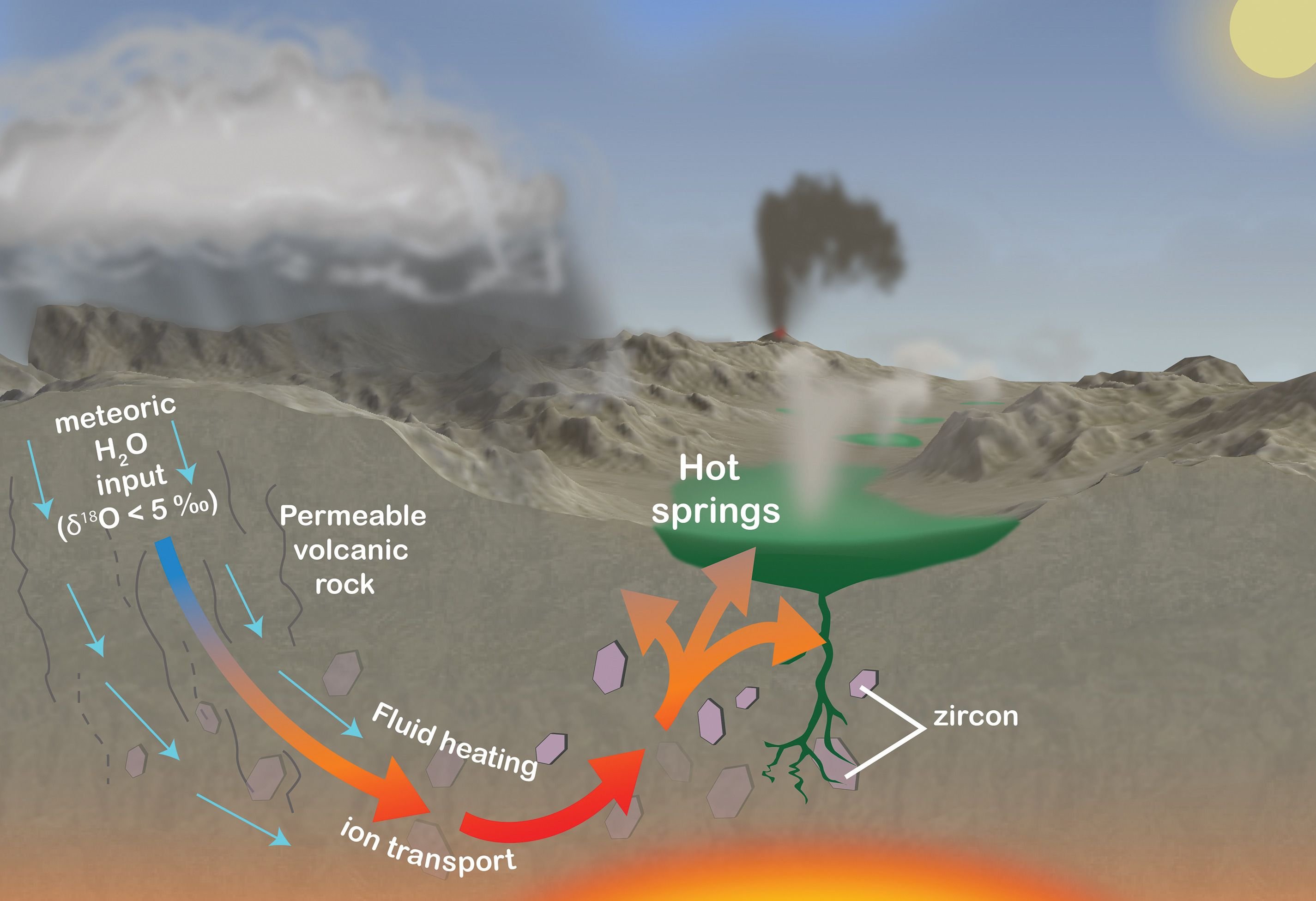The central challenge is that living organisms as we know them today are the extremely complex products of a long period of evolutionary change. Those attempting to understand how life arose from inert matter must therefore imagine highly simplified versions of living organisms that could have arisen by a stepwise process of chemical evolution. This has created ongoing debates about whether nucleic acids or other polymers came first, or metabolic reactions, or lipid-based compartments, or something else entirely.12
The overarching field incorporates a number of supporting investigations, each of which intersects with all the others. These include determining conditions on the early Earth and how they changed; fundamental issues in systems chemistry; and identifying the most essential features of living organisms. As a result, progress in this area depends partly on improvements to the geological record, partly on advancements in measurement techniques necessary to study highly complex chemical systems, and to a great extent on progress in fundamental biology.
Two significant philosophical difficulties add to the challenges. First, how the origin of life happened is a fundamentally historical question that science cannot definitively answer. The best that can be achieved is to experimentally demonstrate geologically plausible processes that lead to life-like behaviours. Second, there is no agreed definition of life --- and it may not be possible to develop one. Certainly, there has been little progress on that question in recent decades. This means that judging the success of a given experiment is unusually subjective, because researchers can legitimately disagree over whether the end product is truly alive.3
SELECTION OF GESDA BEST READS AND KEY REPORTS:
In February 2023, US researchers published Relatively oxidized fluids fed Earth’s earliest hydrothermal systems. This paper unearths previously undiscovered attributes of Earth's ancient lithospheric fluids, signifying a more oxidised state than earlier believed and highlighting the potential sites for early prebiotic synthesis or microbial activities. Coevolution of reproducers and replicators at the origin of life and the conditions for the origin of genomes, published in March by a team of researchers from the US, Armenia and France, breaks new ground with a comprehensive model elucidating the early evolutionary interplay between cellular structures and genetic entities, shedding light on the delicate balance required to thwart parasitic dominances and foster the emergence of intricate cellular life. In August, Electron transport chains as a window into the earliest stages of evolution mooted electron transport chains as the nexus between the early evolutionary timeline and the protocellular phase. The US-based authors wove together "top-down" evolutionary paradigms with "bottom-up" empirical investigations.
